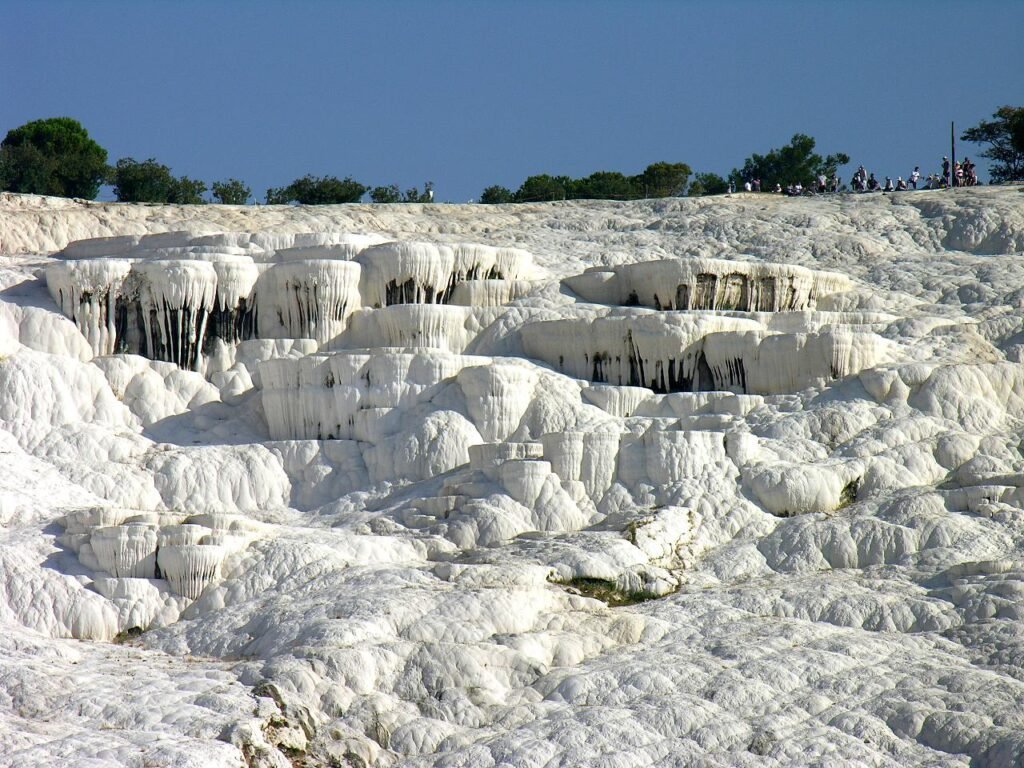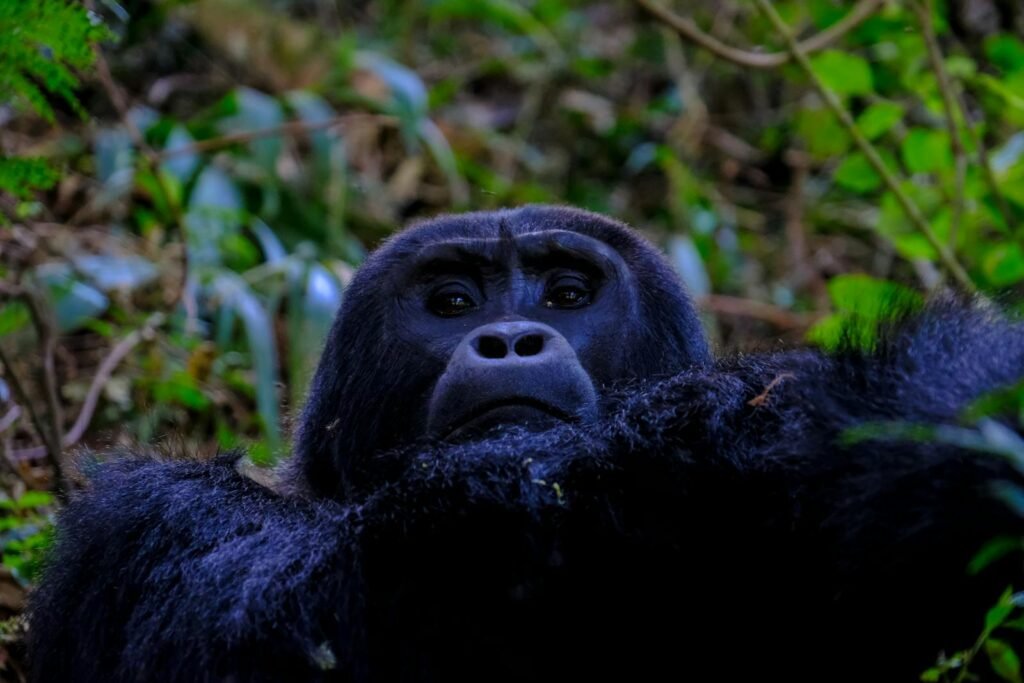Imagine stepping onto another world without leaving our planet. Earth is filled with places so strange and otherworldly, they seem to belong to a sci-fi movie rather than our reality. From vibrant colored landscapes to bizarre geological formations, these locations offer a peek into the fantastical. Let’s embark on a journey through Earth’s most alien-like terrains, each unique and mesmerizing in its own right.
1. Salar de Uyuni, Bolivia
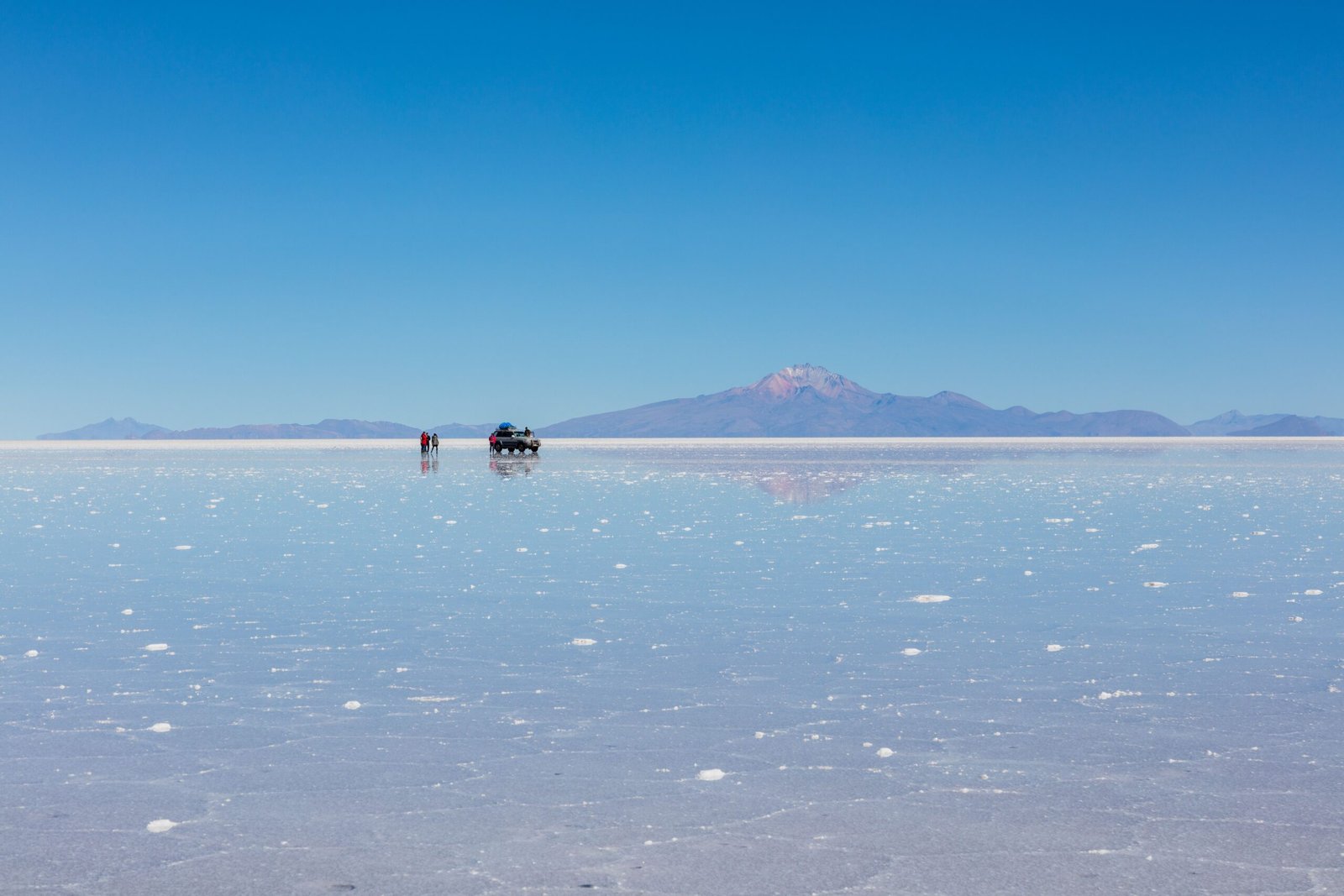
Salar de Uyuni in Bolivia is the world’s largest salt flat, stretching over 10,000 square kilometers. During the rainy season, a thin layer of water transforms this vast white plain into a giant mirror, reflecting the sky so perfectly it’s hard to tell where the horizon ends. Walking across this reflective surface feels like floating in a dreamscape. The salt flats are remnants of prehistoric lakes, and the salt crust is rich in lithium, a key component for batteries. The landscape is dotted with cacti-covered islands, adding to its surreal appearance. Visitors often describe it as stepping onto a celestial body, with the endless horizon creating a sense of infinity.
2. The Wave, Arizona, USA
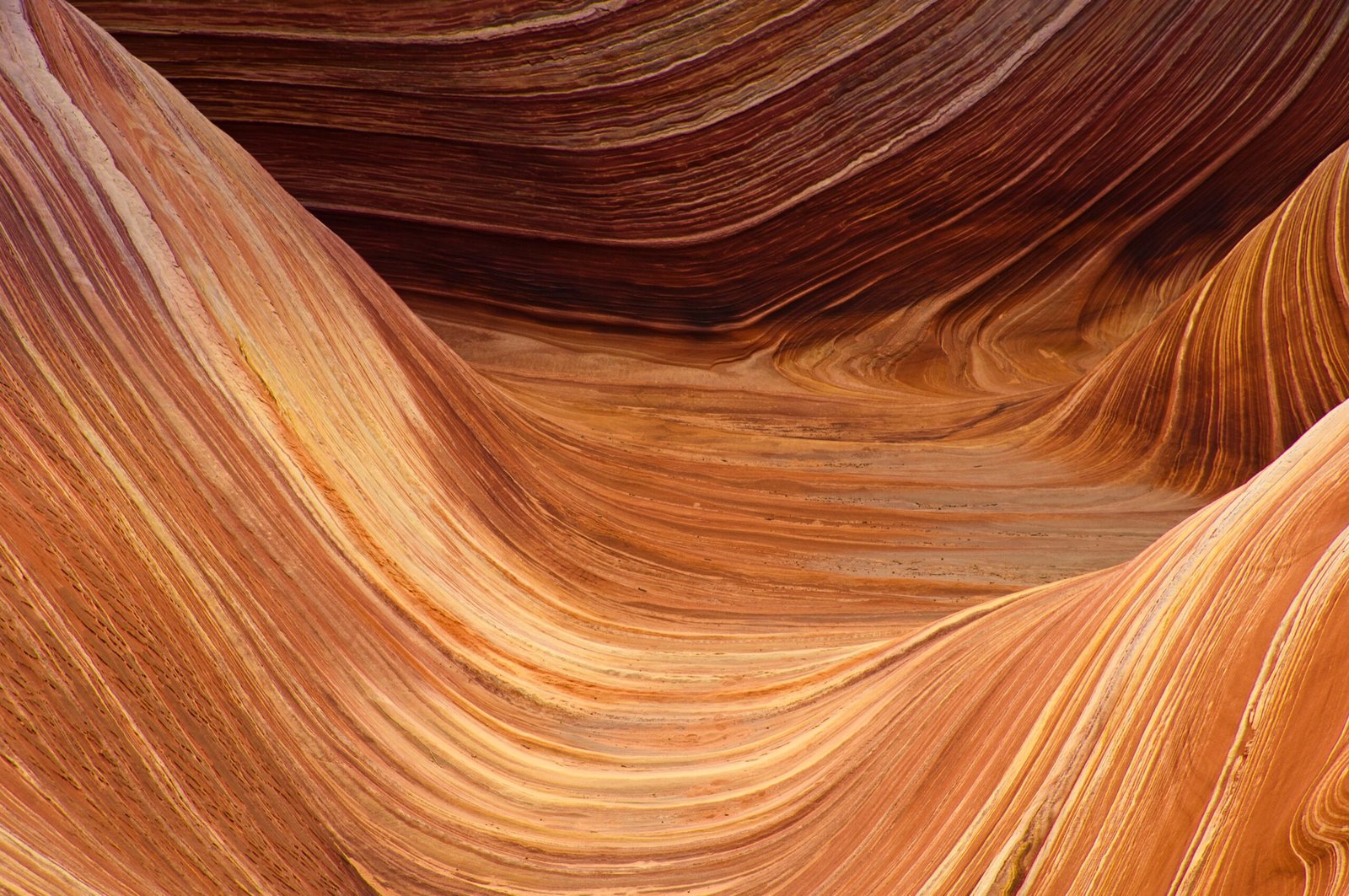
Located in the Coyote Buttes of the Arizona desert, The Wave is a sandstone rock formation that looks like a frozen ocean wave. Its undulating layers of orange, red, and pink sandstone swirl together in a mesmerizing pattern. Formed by millions of years of wind and water erosion, The Wave is a testament to nature’s artistic prowess. Due to its fragile structure, only a limited number of visitors are allowed each day, making it a sought-after destination for hikers and photographers. The experience of walking through this natural wonder is akin to stepping into a painting, where time seems to stand still.
3. Mount Roraima, Venezuela/Brazil/Guyana
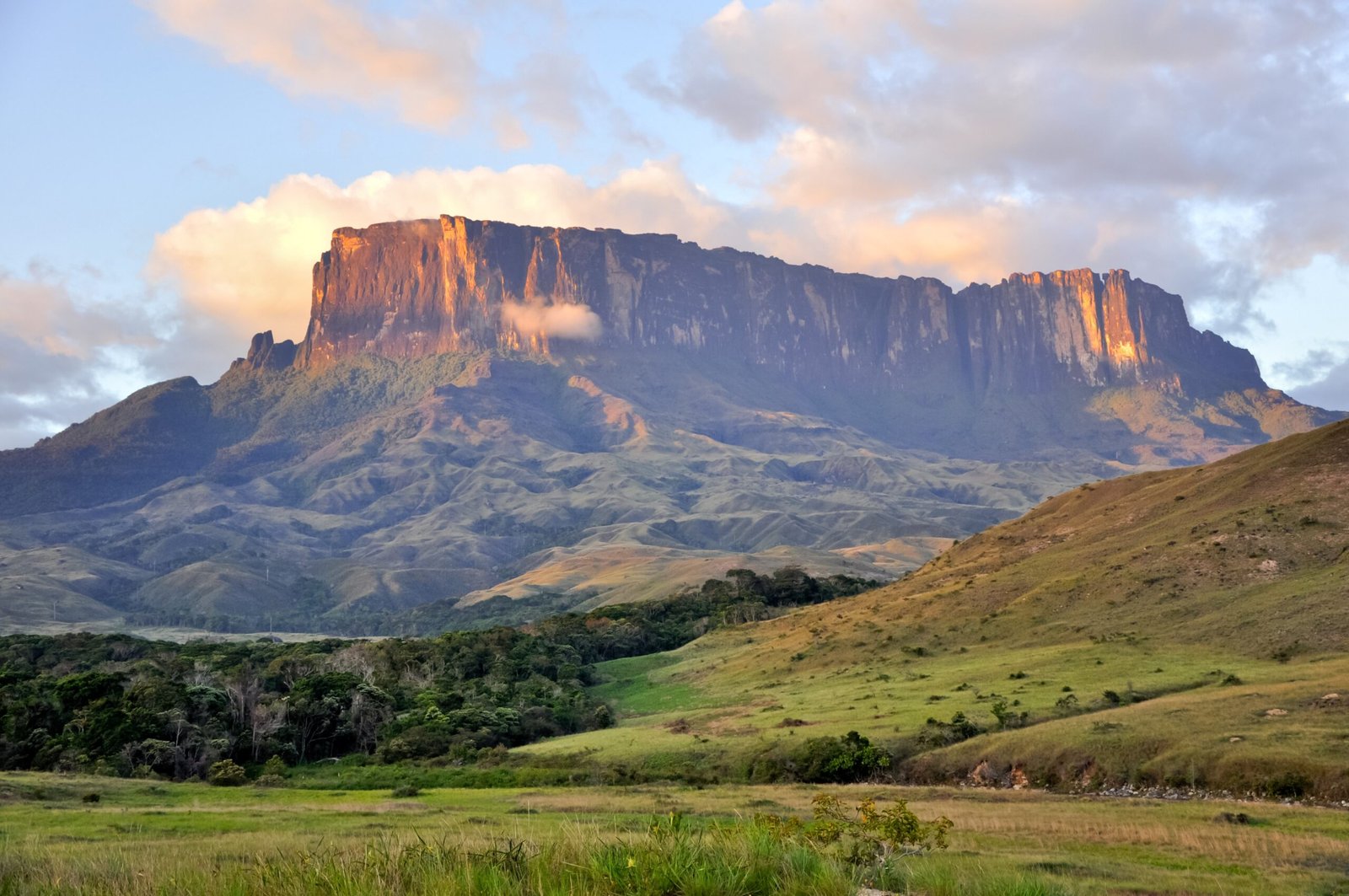
Mount Roraima is a tabletop mountain, or tepui, that straddles the borders of Venezuela, Brazil, and Guyana. Its sheer cliffs rise dramatically from the surrounding rainforest, creating an isolated ecosystem at its summit. The top of Mount Roraima is often shrouded in mist, giving it a mystical aura. The unique environment supports a variety of endemic plants and animals, many of which are found nowhere else on Earth. The mountain’s flat summit, with its bizarre rock formations and crystal-clear pools, feels like a lost world. It’s easy to imagine encountering prehistoric creatures in this remote and enigmatic landscape.
4. Pamukkale, Turkey

Pamukkale, meaning “cotton castle” in Turkish, is a natural wonder formed by terraces of travertine, a type of limestone deposited by mineral-rich hot springs. The terraces cascade down the hillside in a series of pools, each with a stunning turquoise hue. Over thousands of years, the mineral deposits have created a landscape that resembles a frozen waterfall. The warm, therapeutic waters have attracted visitors since ancient times, and the site is home to the ruins of the ancient city of Hierapolis. Walking among the terraces feels like wandering through a fairytale, with the stark white formations contrasting beautifully with the vibrant blue pools.
5. Socotra Island, Yemen
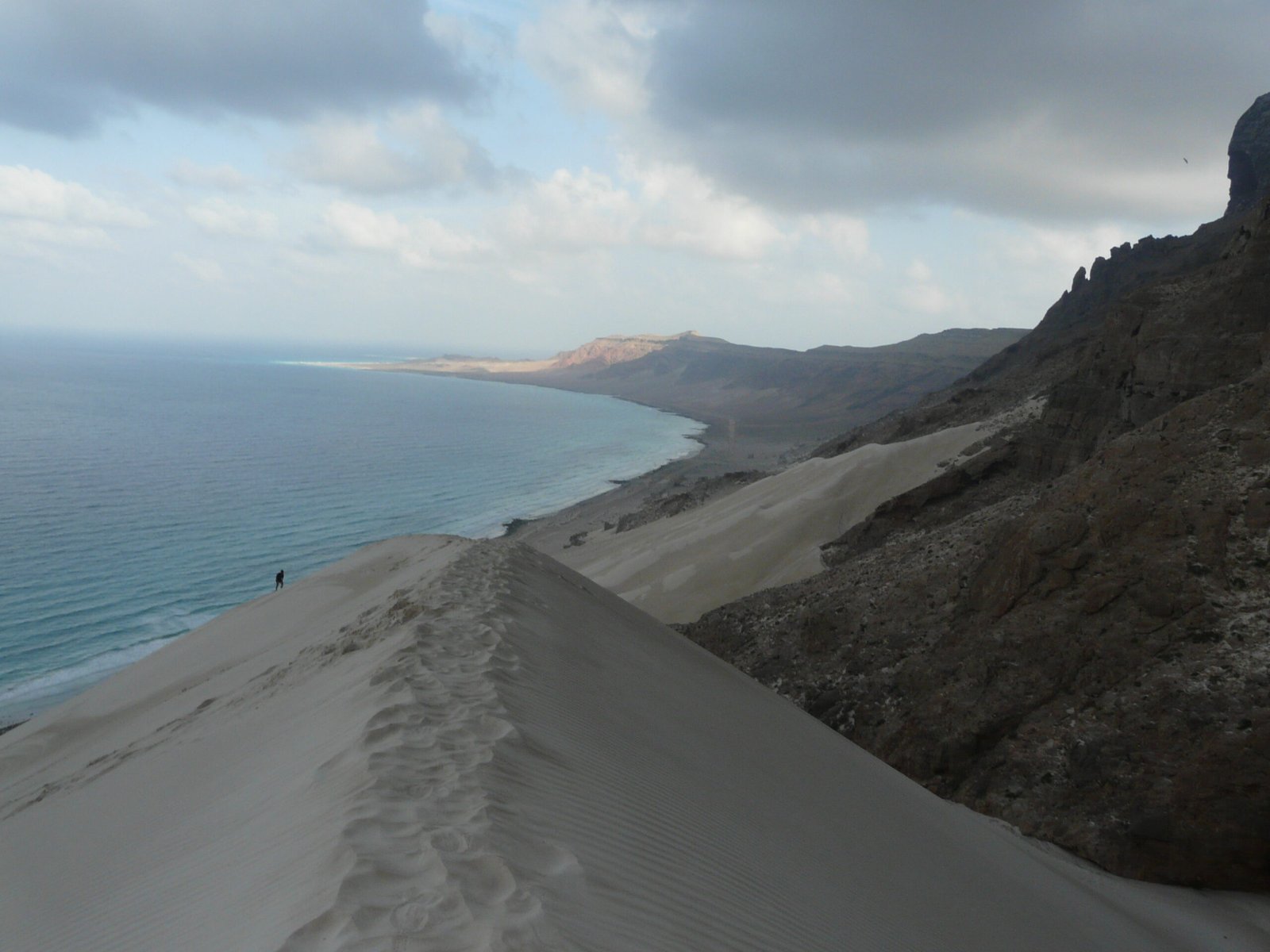
Socotra Island, often referred to as the “Galápagos of the Indian Ocean,” is home to some of the most unusual flora and fauna on the planet. The island’s isolation has allowed for the evolution of unique species, including the iconic Dragon’s Blood Tree, with its umbrella-like canopy and crimson sap. The landscape is a mix of rugged mountains, sandy beaches, and limestone plateaus, creating a diverse range of habitats. The island’s otherworldly appearance is enhanced by its distinct plant life, which seems to belong to another era. Exploring Socotra feels like entering a parallel universe, where nature has taken a different path.
6. Antelope Canyon, Arizona, USA
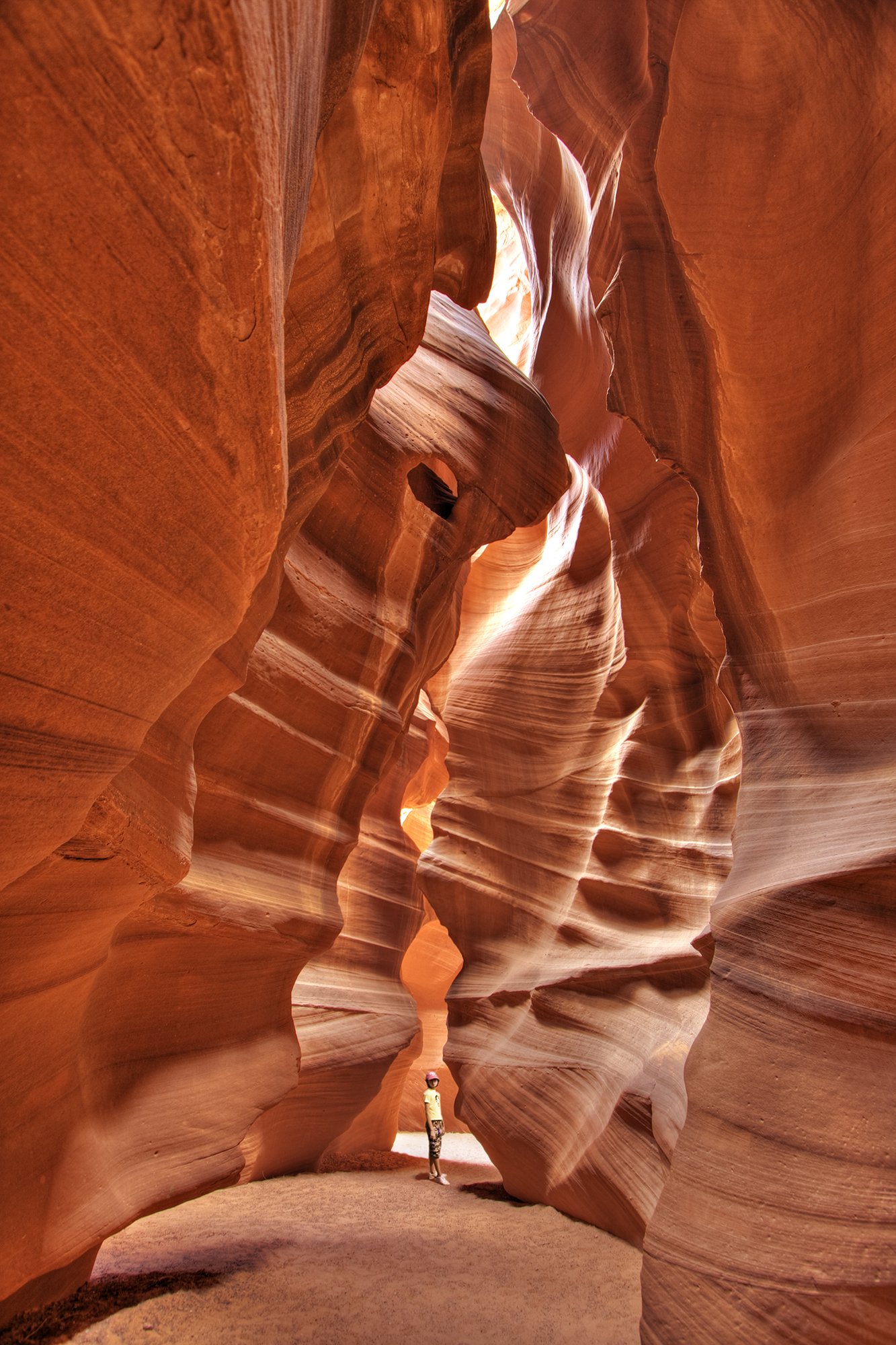
Antelope Canyon is a slot canyon located on Navajo land in Arizona. Its narrow passageways are carved into the sandstone, creating smooth, flowing walls with vibrant shades of orange and red. The canyon’s beauty is further enhanced by beams of sunlight that pierce through the narrow openings, illuminating the walls in a dazzling display of light and shadow. This natural masterpiece was formed by flash flooding, which continues to shape its intricate corridors. Visitors often describe the experience of walking through Antelope Canyon as entering a sacred space, where the play of light and color evokes a sense of awe and wonder.
7. Lake Natron, Tanzania
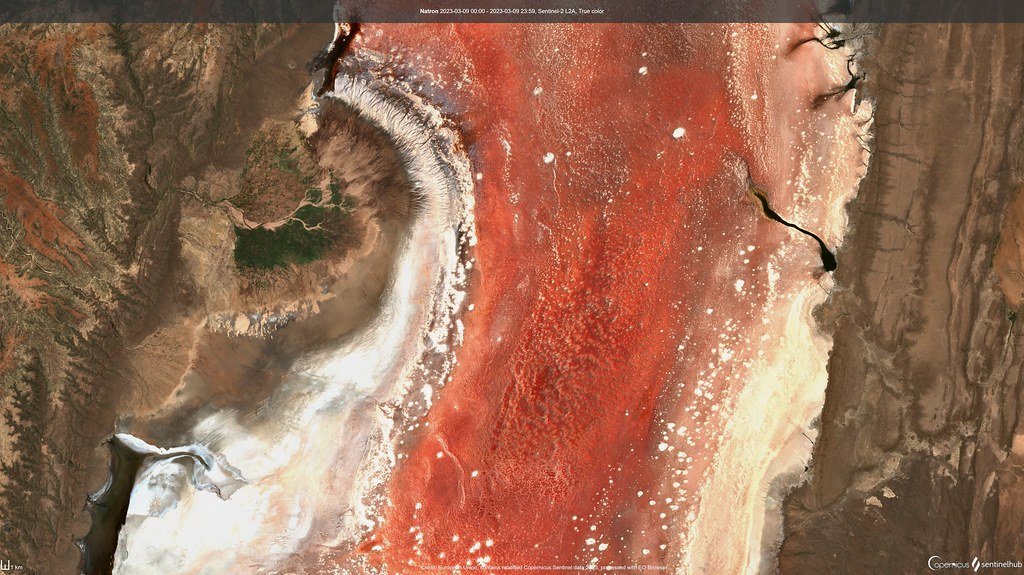
Lake Natron in Tanzania is a salt and soda lake that appears otherworldly due to its vivid red and orange hues. The lake’s unique coloration is caused by the high alkalinity and the presence of salt-loving microorganisms. Despite its harsh conditions, Lake Natron is a crucial breeding ground for the lesser flamingo, which thrives in the saline environment. The lake’s surface often appears glassy and reflective, creating a surreal landscape that seems to defy reality. Its eerie beauty and inhospitable surroundings make it one of Earth’s most alien-like places, a testament to nature’s adaptability and creativity.
8. Valley of the Moon, Chile

The Valley of the Moon, or Valle de la Luna, is located in the Atacama Desert of Chile and resembles a lunar landscape. Its barren terrain is characterized by sand dunes, rugged mountains, and unusual rock formations that have been sculpted by wind and water over millennia. The valley’s stark beauty is heightened by the absence of vegetation, creating a sense of desolation and tranquility. The play of light and shadow across the landscape creates an ever-changing tapestry of colors, from deep reds and browns to golden yellows. Visitors often describe the experience as stepping onto another planet, where the silence is profound and the scenery is breathtaking.
9. Fly Geyser, Nevada, USA

Fly Geyser, located in the Black Rock Desert of Nevada, is a geothermal geyser that looks like something from a science fiction novel. The geyser’s vibrant colors are the result of thermophilic algae and minerals deposited by the hot water. Over the years, the geyser has grown into a multi-colored, cone-shaped formation that continuously spews water and steam. The surrounding area is dotted with small, terraced pools, creating a kaleidoscope of colors against the desert backdrop. Fly Geyser is a testament to the power of natural forces, creating an ever-changing landscape that feels both alien and magical.
10. Wulingyuan, China
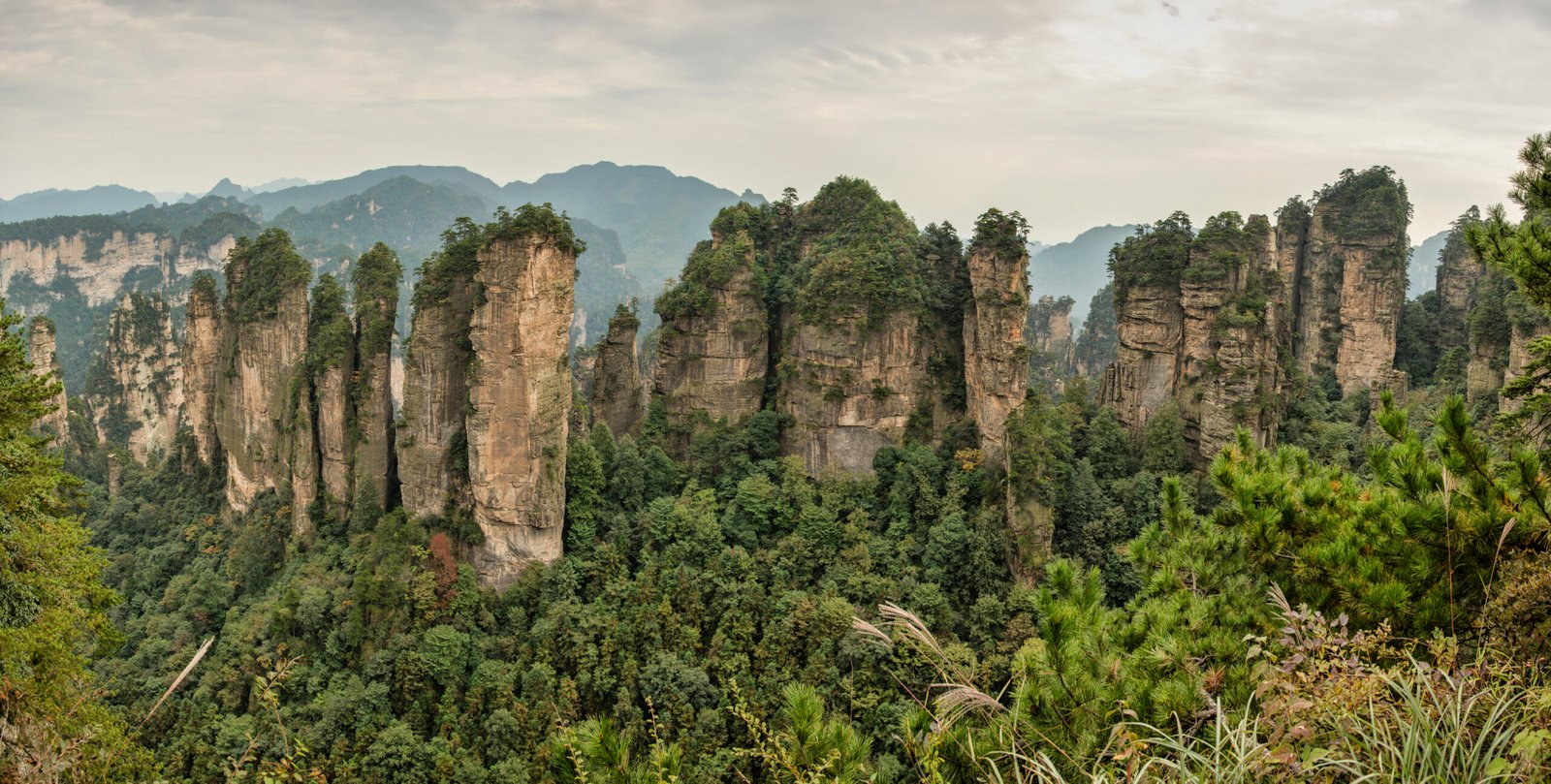
Wulingyuan Scenic Area in China is renowned for its towering sandstone pillars, which rise dramatically from the forested valleys below. These natural wonders are often shrouded in mist, creating an ethereal atmosphere reminiscent of a fantasy realm. The peaks, some of which reach over 200 meters, were formed by millions of years of erosion, and their unique shapes have inspired countless legends and myths. The area is home to diverse flora and fauna, adding to its otherworldly charm. Exploring Wulingyuan feels like stepping into a mythical world, where the boundaries between reality and imagination blur.
In conclusion, Earth is home to some of the most extraordinary landscapes that challenge our perception of reality. Each of these alien-like places offers a glimpse into the planet’s incredible diversity and the creative forces of nature. They remind us of the beauty and mystery that still exist in the world, waiting to be discovered and cherished.

